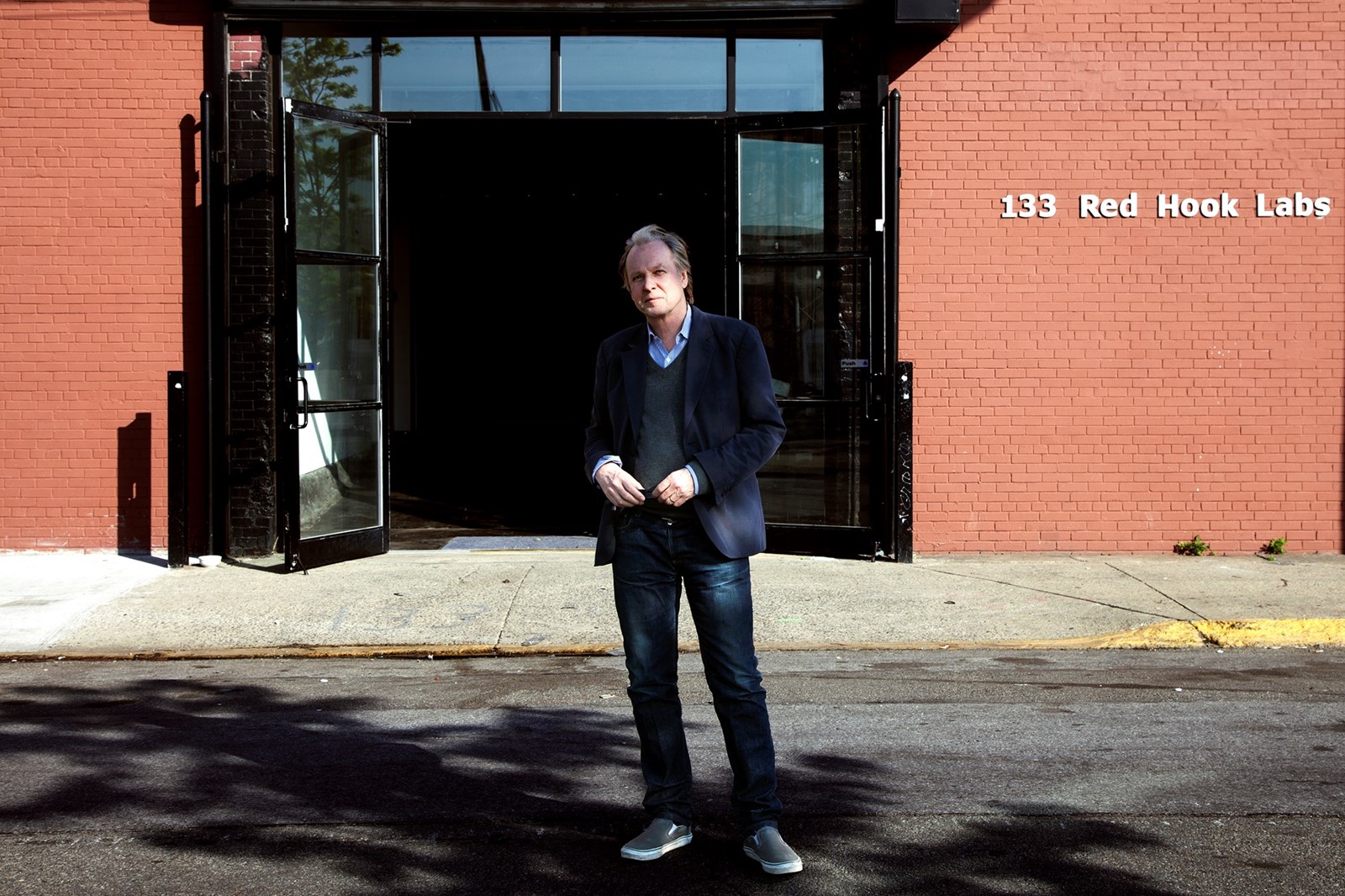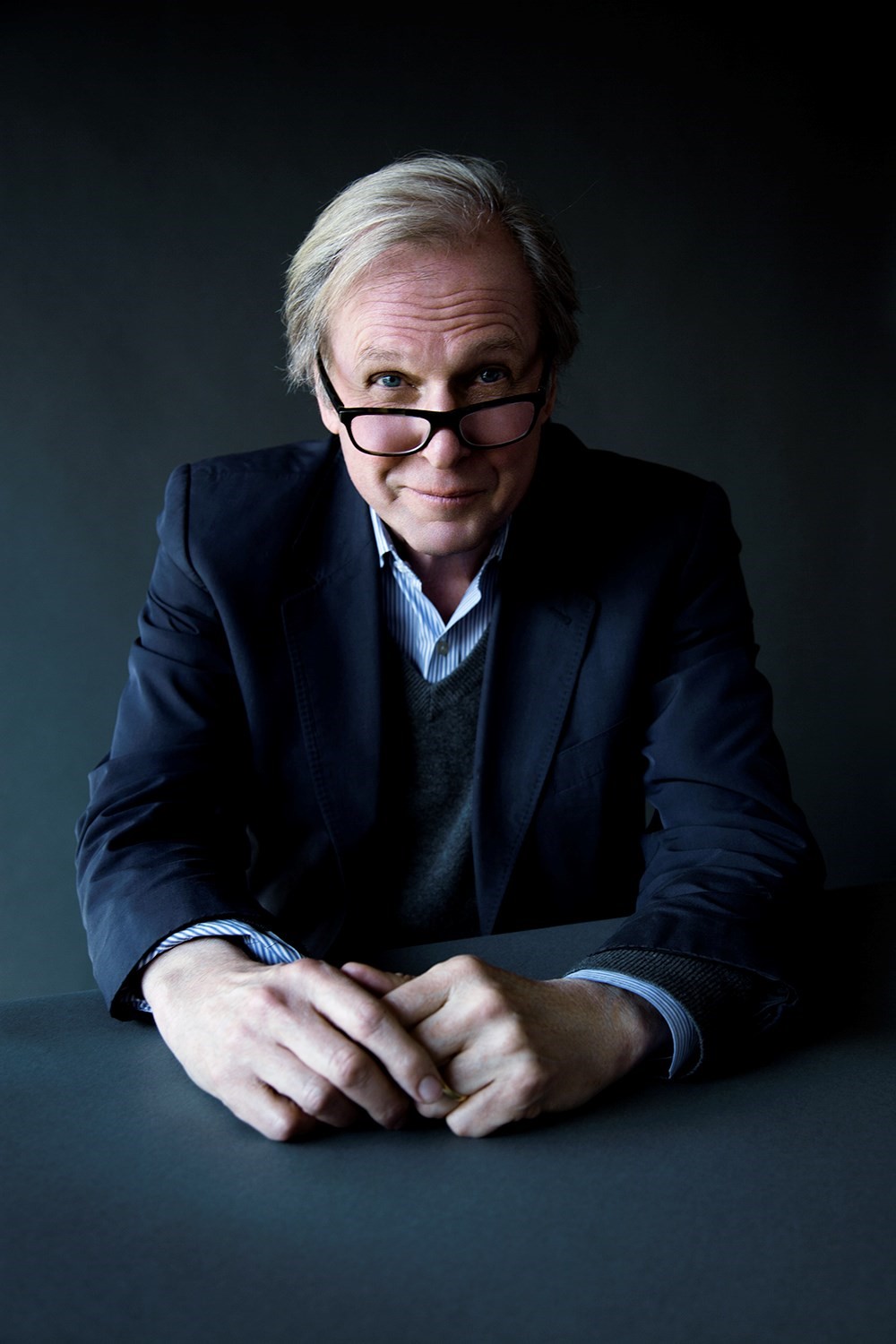For any struggling artist on the way up, having Jimmy Moffat in your corner would be a game-changer. The fashion world pioneer, who co-founded one of the world’s most renowned agencies, has a track record of championing creatives: alongside Anne Kennedy and Leslie Sweeney, he launched Art + Commerce in 1980 and transformed the working landscape for photographers.
That’s not necessarily how it looked to him at the time, though. “I thought it was going to be a part-time job,” he explains, on a crackly phoneline from Brooklyn to London. “I would say every six months to my girlfriend – now wife – ‘You know, I don’t think I’m going to do this any longer.’ She’d say, ‘Well, I think you should just try it for a little bit more. What else are you going to do?’, and I’d go, ‘OK, you’re right.’ And then a year would go by, and it got more successful, and all of a sudden, I had a career.”
Of course, in those early days, the agency was an experiment. Moffat, Kennedy and Sweeney’s idea was to support artists by helping them find exposure and paid work, and by protecting their ownership of that work. “It was really just a result of having lots of friends who were photographers, being young in New York, and believing that there was something to be done in terms of crossover between fine art and commercial work,” he says. Over the last three and a half decades, Art + Commerce has represented photographers including Patrick Demarchelier, Craig McDean, Annie Leibovitz, and the estates of Robert Mapplethorpe and Guy Bourdin; Moffat is no longer involved full-time, but still works closely with Steven Meisel. The agency has also amassed a long list of other influential artists, including hair stylist Luke Hersheson and brand strategist Marie-Amélie Sauvé.

This nurturing of talent is a principle that Moffat has continued to abide by throughout his career. “I’ve always been involved in teaching, I’ve always been involved in trying to help young and emerging artists, and I think that it’s only fun and right to help people who don’t have the same opportunities as one does,” he says. In the 1990s, he helped to fund the opening of ICP at The Point, a community photography school in the South Bronx. Three and a half years ago, working with Michael Glazebrook, chairman of the board of The Point, he set up a photography class at South Brooklyn High School; subsequently, using corporate sponsorships, they’ve established a class at Brooklyn’s Summit Academy Charter School and another at Red Hook’s Court Community Justice Center.
The last piece of this puzzle was the two Red Hook buildings that Moffat acquired as studio and exhibition space; they are now hired out to creative agencies, photographers and magazines. “We have started the whole goal of trying to connect the kids in the educational programs in the neighbourhood to the people working in studios here,” says Moffat. “Part of that endeavour is to start having workshops, where we bring together guest speakers to talk to young professionals already working in the industries, but also to the kids in the programs. And we’re doing it across photography, but also hair and makeup, and trying to develop all these different skills – because there are so many jobs available in the industry at an assistant level.”
The exhibition space helps with those connections, too. The first show at Red Hook Labs was by the brilliant British fashion photographer Jamie Hawkesworth, who also held a workshop. This week, a student show is opening: “So they see really successful photographers like Jamie showing here, they see a professional presentation of his work in the gallery context, and then they see that they’re working in the very same way, in the very same place.”

It’s not hard to imagine the positive impact that a system like this could have on the young people of Red Hook – a waterfront community that was battered first by the building of the Brooklyn-Queens Expressway, and more recently by Hurricane Sandy. “No subway was ever brought to Red Hook, so it’s quite hard to get to, and it developed into one of the most crime-ridden areas in the country,” says Moffat, who lives a mile away. “But it also developed quite a strong, resilient community spirit, and over the years, as often happens, artists have moved in. So it’s become this very DIY, artistic, vibrant community, that is also still hugely at risk and needs a great deal of help.”
Now in his 60s, Moffat hopes to turn Red Hook Labs into a self-sustaining business, then replicate it in other deprived areas around the world – and he’s confident that there’s enough good will in the creative industries to make it happen. “The people I’ve worked with for all these years – major hairstylists, fashion editors, people who are incredibly successful – the one thing that they all get really excited about is teaching. It reconnects them with their passion for what they do, and it’s also a way for them to give back.”
Whatever the future holds, Red Hook Labs is already working its magic in Brooklyn. “We had a young filmmaker visiting, and there was a kid from the neighbourhood who was very interested in film. He got an internship on the spot, just by having a conversation with the filmmaker,” recalls Moffat. “Those are the kind of things that happen here.”
With special thanks to Jimmy Moffat and Red Hook Labs.
